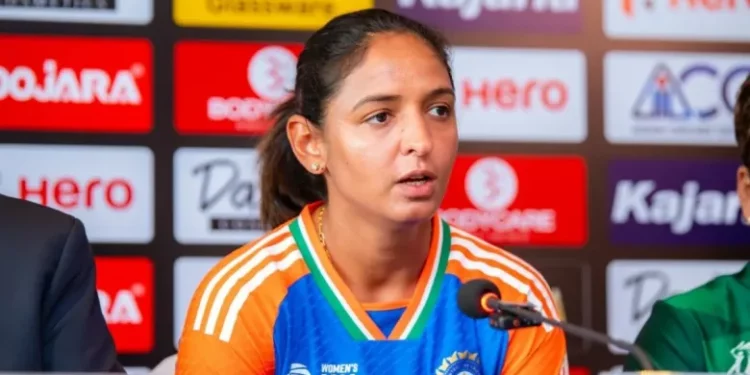Harmanpreet Kaur, who succeeded Raj as captain, is ranked third in her nation’s list of ODI run-makers, behind Smriti Mandhana and her predecessor. Only Raj has participated in more World Cups than her, and she is currently getting ready for her fifth.
India is also approaching a significant milestone as it gets ready to host the ICC Women’s World Cup in 2025. On October 31, India will commemorate 50 years since they played the West Indies in a Test match in Bangalore, marking their first officially recognised international appearance in women’s cricket.
Ironically, the World Cup final will happen 49 years after the conclusion of the Test match. Founded in 1969 in Mumbai, the Albees are regarded as one of India’s first women’s cricket clubs.
Before the entrepreneurial Mahendra Kumar Sharma used his autorickshaw to tell Lucknow that “there will be a cricket match by girls, do come,” it remained alone for a while. Following a crowd of 200 spectators, Sharma was motivated to form the Women’s Cricket Association of India (WCAI) in 1973. This organisation oversaw women’s cricket in the nation until its 2006 merger with the BCCI.
The first national level competition took place in April 1973, however the WCAI was not established in time for India to compete in the first Women’s Cricket World Cup, which took place in England in June and July of the same year.
Instead, India made its debut as an international team at home in 1976 when skipper Shantha Rangaswamy top-scored with 74 in the opening innings of a drawn Test match against the Windies, and Shubhangi Kulkarni claimed the first five wickets for her nation. India drew the six-match series 1-1 after winning the fourth Test for the first time ever.
India made history in 1978 as they hosted the Women’s Cricket World Cup for the first time and made their ODI debut on the first day of January. India has reached the top table despite losing all of their matches against the hosts, defending champions England, Australia, and New Zealand.
In 1982, they defeated an International XI in their debut ODI match at the next World Cup in New Zealand. Fowzieh Khalili then scored 88 as India overcame England by 47 runs. After missing the 1988 World Cup, India required some time to develop into the enduring contenders they are now.
Before breaking the record in 2005, when India made their first participation in a final and lost to a powerful Australia, they made their first appearance in the semi-finals in 1997. In both the ODI and T20 forms, the squad still fails to reach the ultimate goal of raising the trophy, but they continue to create history.
With victories in the ODI and T20 series—the latter being the first of its kind in England—India has just returned from a summer vacation in England. The team’s upbeat attitude can only be encouraging for Mithali Raj, who captained India in their last two appearances in the Cricket World Cup final.
At a 50 Days to Go event in Mumbai, she remarked, “I’m excited because World Cups always bring back those old memories.” Additionally, the team has performed admirably in this format during the past 12 months.
It’s a big ask to beat England in England after a fantastic series in England, but they’ve done it in the T20s as well. There is nothing better when the team is performing well, as I could see when they discussed confidence and hosting the World Cup at home.
At the occasion in Mumbai, Harmanpreet Kaur stated
The way I performed in my first ODI World Cup will remain the same. I simply want to go there and enjoy playing cricket, which is more significant to me because it is how I first became interested in the game. However, it’s always amazing to play in front of home people, so perhaps this time we’ll give it our all and strive to shatter the barrier that all Indian fans and us players have been waiting for.”







